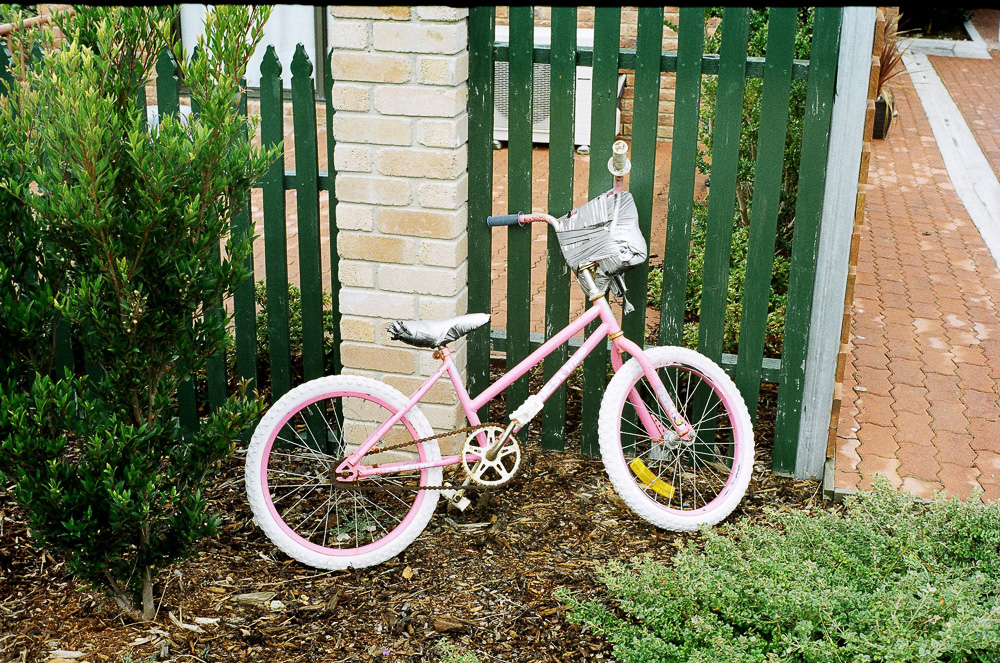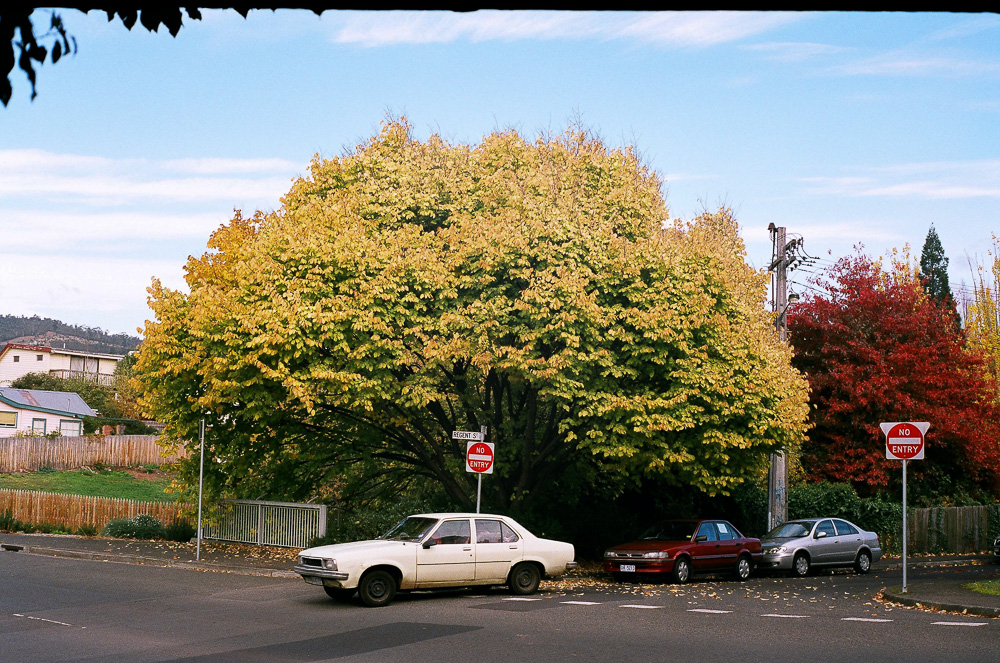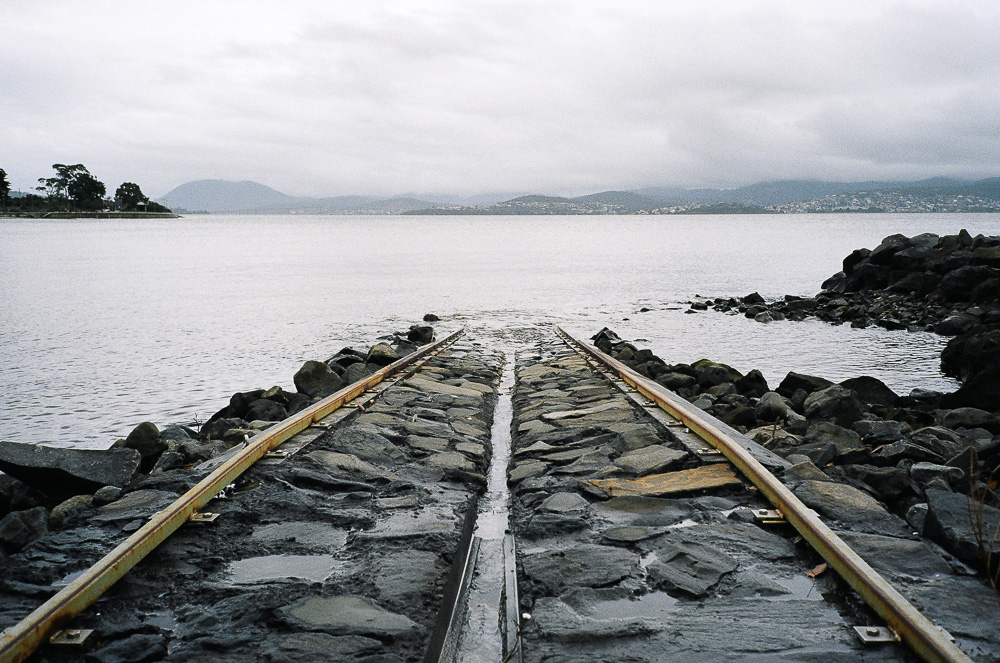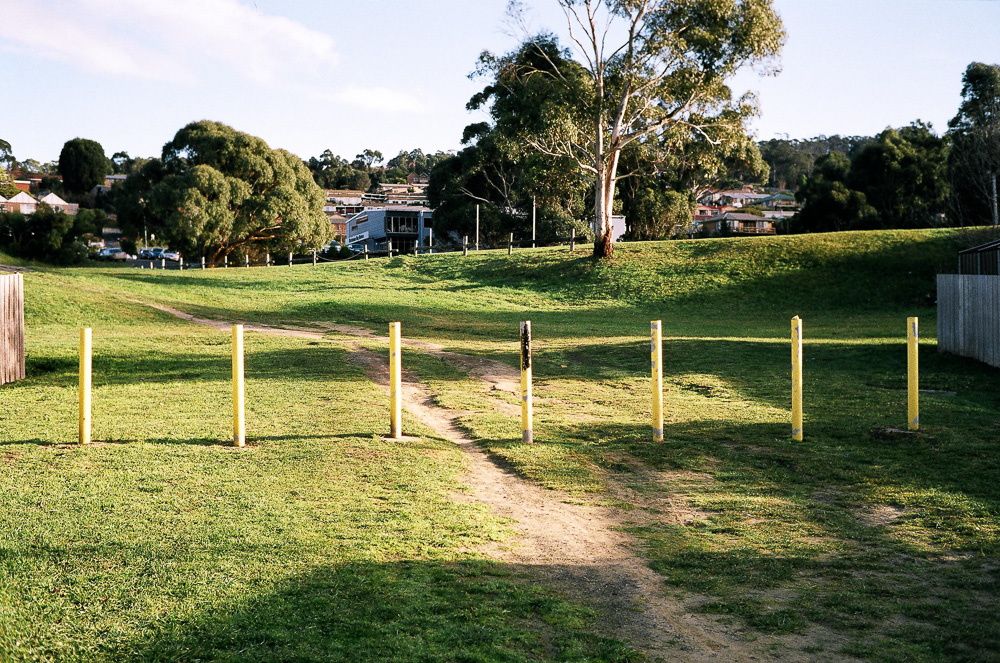2012 was a pretty big year. Well, as big as any other year. Here’s what happened through the lens of my iPhone. I’ve linked most of the stuff I’m describing about below, but you can check out the archive for all posts from 2012. This’ll be pretty long, so instead of clogging up the front page, you’ll have to click through to see everything.
Tag Archives: 2012
The Benny Ling 2012 Photographic Year in Review: By the Numbers, An Introduction to Film, and Just Taking Photos

One of my favourite photos of the year was of this pink bike. Not this particular photo, but one of them.
2012 marks the first year I’ve taken photography seriously. I’ve always been interested in photography, but haven’t really gotten as involved with it as I did this year. It probably had a lot to do with the acquisition of my own DSLR kit late last year, and even more to do with doing my own photography — the shots I’ve seen other people take but have always wanted to apply my own spin or interpretation of, combined with the creative control a “serious” camera like a DSLR allows.
By the numbers
Lightroom says I’ve taken 7343 images with my 60D this year Of those:
- 3493 were taken with the Sigma 30 1.4
- 2105 were taken with the Canon 17-55 2.8
- 662 were taken with the Canon 18-135 3.5-5.6
- 632 were taken with the Canon 24-85 3.5-4.5
- 200 were taken with the Canon 50 1.8
- 251 were taken with a Samyang(?) 6.5mm fisheye
The Sigma’s high numbers are pretty easy to explain: it’s the lens that got busted out at my first ever wedding reception, and it’s usually the one that’s attached to my camera the most often. It’s usually the lens that I take when I’m going to an event at youth, and of course, being the fastest lens I own means it gets used quite a lot. Overall, I quite enjoy the Sigma — it’s a great piece of glass when you consider the price. Fast, with a great focal length for a crop sensor.
The 17-55 is easily the most expensive piece of glass that I own, and in a few respects it’s a better lens than the Sigma. Its numbers are lower than the Sigma on a pure photos-taken basis mainly because I don’t use it as much. I’m not sure why, because it can produce some truly great photos. It’s the lens I took with me to Melbourne that one time, the one I used at the Relay for Life, and what I do most of my landscapes with. But I seldom use it at youth events, purely because it looks (and feels) intimidating; people tend to shy away from it. It may produce some excellent photos, but it’s not exactly subtle. It’s heavy, too — almost a full kilo. In an ideal world I’d like this lens to be the one permanently attached to my 60D, but such is the advantage of an interchangeable camera system.
The rest of the numbers aren’t exactly special: the 18-135 was the first lens I owned, along with the 50 1.8, the latter of which doesn’t get much use due to the slightly longer focal length and the fact that I have the much better (sharper, faster) Sigma to use instead. Maybe when I go full-frame I’ll use it more, but that’s definitely for another time.
An introduction to film
Around April, I bought an old film camera, and experienced film photography for myself. Our family had an old film point and shoot before the days of digital, of course, but I rarely used personally. But the Yashica Lynx 14 I bought off an OCAU forum member made me realise that maybe there was more to this photography thing than just pressing shutter buttons. Perhaps it was the fully-mechanical nature of the camera, or maybe it was having to wait to see if my photos were any good, but film photography made me start enjoying photography all over again.
I ended up loving that Yashica Lynx — non-operational/slightly temperamental light meter and all — so much that it ended up with a stuck shutter, which was the end of that particular camera.
But by that stage I couldn’t give up rangefinder photography, which has more advantages than just looking the part with a fancy film camera. Long story short, I ended up buying a Voigtländer Bessa R2A camera, paired with a Voightlander Nokton 40 1.4 to replace the old (like, late 1960s-era old) Yashica Lynx.
The 2012 Olympics in GIFs →
Required watching.
— permalink to this postRelay for Life 2012
Another year, another relay.
After seeing a great tilt-shift time lapse by a guy in Melbourne, I thought it would be time to try my hand at time lapses, and what better event to do it at other than the Relay for Life 2012?
The original plan was to do a tilt-shift time-lapse in the same style, but then I found out that a lot of the work would have to be done in post. The way the guy did it in the video was with his Canon S95, a great little point-and-shoot. Turns out, the S95 does it pretty much automatically… Not fair!
With only a DSLR an still wanting to do time-lapses, I decided to acquire some gear.
First on the list: a GoPro. Truth be told this could have been anything with a built-in intervalometer, but I wanted to try a GoPro. In past years we’ve had a pram going around the track for close to 24 hours straight, so I thought making a time lapse of the event that way would be kinda cool. I borrowed a GoPro from my boss, and that was that.
During testing of the GoPro a few days before the event, I discovered it only had about 3 hours of battery life. I wanted to do a continuous time lapse of 24 hours, so I needed a way to power it. Cue external USB battery pack with massive 10,600mAh capacity and 2.1A output. The GoPro has a battery capacity of about 1,100mAh, so I was covered there.
The GoPro would cover me from ground level, but I still wanted to do some kind of a tilt-shift one lapse. Or at least another time lapse from another vantage point. To that end, I borrowed a time lapse camera from a friend, a dedicated time lapse unit that was designed specifically to take time lapses of plants. The plan was to mount this unit somewhere up high, looking down on as much of the area as possible.
Finally, I borrowed a smaller point-and-shoot with a built in intervalometer from a colleague for even more time lapses, just in case things went pear-shaped with either of the other cameras.
With four cameras (three for time lapses and my own DSLR), I think I was ready for whatever was going to happen at Relay.
So, how did it all turn out?
Hobart Relay for Life 2012 Time Lapse
The GardenCam got knocked about a little. You can see in the video above, it changes angle a few times, the quality isn’t great, the focal length is too long, yada yada. The positioning could have been better, but then mounting it would have been a pain. As it turns out, the GardenCam has a very slight (completely unintentional) tilt-shift effect — but I think that’s more the camera being completely crap at focusing rather than anything else.
The GoPro worked out pretty much exactly as I thought it was going to, but the end result wasn’t as spectacular as I thought it was going to be. Maybe a photo every ten seconds was too long in between shots, but the resulting time lapse has parts where things just shoot by at a rapid pace.
For a time lapse to look good, you’ve got to have a nice connection between the shots. If the camera itself is moving (as mine was), then maybe shots more often is a good thing. I have a hunch that less FPS during the final movie (the 10-15fps mark, slower playback speed) in the final movie works better for time lapses with a fixed camera. Take more photos with a moving camera, speed up the FPS in the final movie (24-30fps). But then again, a lot of this is just pure guesswork on my part — you’ll just have to experiment to see what looks good1. Next time I would probably err on the side of taking more photos and varying the speed of playback in post — you can’t go back and re-take photos on the day, but you can cut out stuff in post.
Definitely worth looking at again.
-
I hate posts on creative subjects that say “just do what you think looks good”. “Just play with the sliders until it looks good.” “Just tweak the exposure until you get it just right.” WHAT DOES THAT EVEN MEAN? Give me direction any day: “play with the exposure until you get something that isn’t too overexposed, but at the same time brings out the colour.” If you’re going to say “just play/experiment”, give the person a little direction as to what they’re aiming for, and what they’re trying to avoid.





